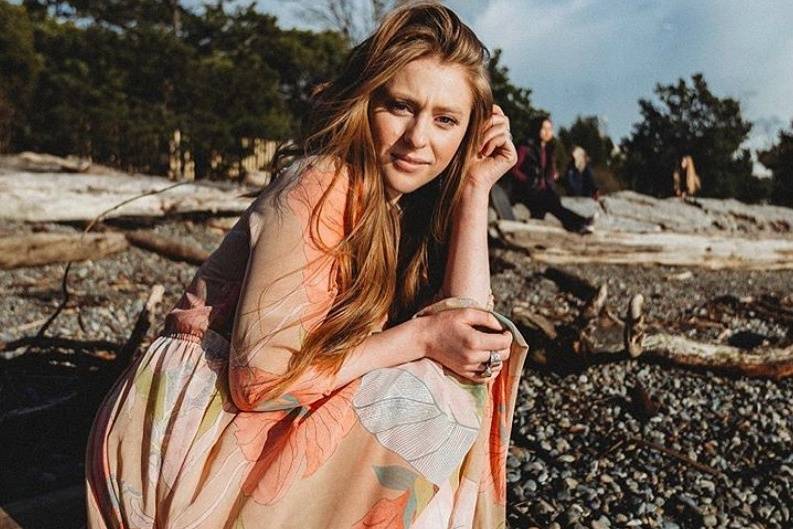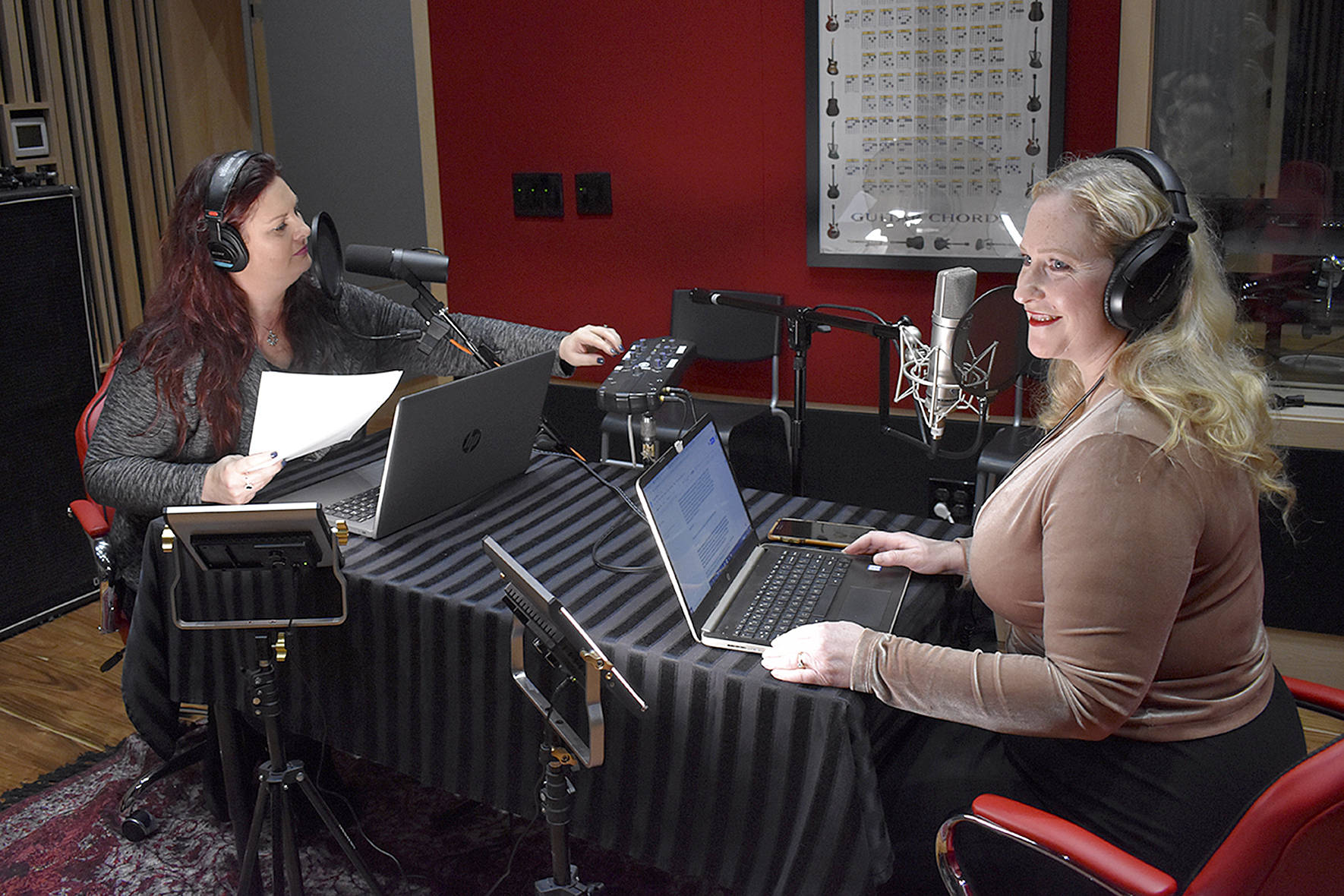The Last State
On the Boards; ends Sun., Dec. 19
If Sarah Rudinoff’s latest solo show isn’t all that great, it’s not because she doesn’t have a lot to work with. The piecehas the actor contemplating the Hawaiian island of Kauai, where she was raised, a meditation that leads her into memories of her broken family, the social and racial politics of the region, and Hawaii’s induction as our nation’s 50th state. Rudinoff, of course, is an embarrassment of riches herself, an exuberant, commanding clown with a barreling voice and animated comic munificence that suggest vaudevillian ancestry. If anything, The Last State has too much on its hands, and a little uncertainty about what the hell to do with everything it’s got.
The evening begins with silent home movies from Rudinoff’s childhood, then segues into the sight of her moving with careful solemnity across the stage (courtesy of Wade Madsen’s choreography) while the recorded voice-over of another actor reads the first of many overlong passages concerning the dismissive manner with which the United States laid claim to Hawaii. How Rudinoff and director Sheila Daniels would like us to tie these two things together— the hazy, rueful nostalgia of Rudinoff’s youth and the wrenching record of American imperialism—is unclear. Rudinoff may want to complement her home life’s duress with that of her island home, but none of the information in the show sticks to anything else. The historical stuff has a lecture’s drowsy, numbing gravity, while we have no idea what to make of Rudinoff’s own past: Her chaplain father was given custody of her after a bitter divorce, yet we hear little of him; she claims emotional distance from her mother, whose presence is, nevertheless, everywhere in the show. Daniels seems pleased with the sober import of the dance/narration passages, while Rudinoff is more at ease when she doesn’t have to worry about whether or not what she’s doing means anything.
When Rudinoff does relax, you know why you chose to spend time with her. She evokes the tenor of Kauai with wry, evocative wordcraft—”We saw ourselves in the tourists’ reflections,” she notes, then mocks the clichéd delusions of such guests with an ironic—”I love showing people this magical island”—and disarming frankness (“People who’ve met me once fuckin’ love me”). Detailed explanations of island slang are fascinating, and even better when they’re put to use through re-creations of Rudinoff’s varied encounters, including a memorable one which finds her getting her nails done by a brassy native islander with whom she’d once spent enforced community service. Rudinoff should fill The Last State with more such personal history, and trust those moments to open our eyes to the secrets of Kauai itself. STEVE WIECKING
![]() Finer Noble Gases
Finer Noble Gases
Little Theatre; ends Thurs., Dec. 23
Adam Rapp’s play draws a tight circle around its subject matter, creating a universe so hermetic it creates a black hole—everything is sucked inward. At the center of this vacuum sit two scruffily pretty boys, popped to the gills on speed as they veg out in their East Village apartment. Their rock band, Less, appears to be living up to its name. In fact, it soon becomes clear that Staples (Michael Place) and Chase (Lathrop Walker) may never stir again. They’re stoned on TV as much as dope. It is only the tragic demise of their television—the screen gets kicked in by their tetchy roommate, Lynch (Jonathan Martin)—that rouses them to action. What follows is a spiraling gyro of amphetamine shock and awe that is so well delineated it may induce panicked flashbacks of familiarity in anyone who’s been there.
If there is nothing new to add to the “kids on drugs” genre—and there isn’t—it remains a sometimes viable means of depicting a particular strain of spiritual atrophy. Directed by Marya Sea Kaminski, this production sinks its teeth deeply into its wonky subject matter, with sometimes stunning results. The set, a low-rent hepster apartment full of po-mo gewgaws and twentysomething sadness, is so intimately designed you can smell it. Rapp’s dialogue captures the twitchy tango of drug talk, all addled intelligence and exaggerated insight undercut with a dose of the screaming meemies. Though nicely done, it ain’t all that new. What makes this show noteworthy is the retarded connection formed between Staples and Chase. Their elliptical, secret-language friendship is depicted with a cunning balance of desire, fear, and passivity. In psychobabble this is called enabling, yet Place and Walker transcend it to discover a subtle pathos in their mutual degeneration. Walker, in particular, is superb as the self-sabotaging alpha male whose egotism just barely holds his brain together.
The show itself, of course, is about nothing in particular—Seinfeld on pink ladies. The action is madcap and episodic and follows a sort of pharmaceutical trajectory: You’re shot out of a cannon, weird shit happens, the scrim between reality and dream breaks down, and then, as the high wears off, everything winds down in a funky, depleted twilight, only to explode at the end with Less grinding out some totally loud rock and roll. Finer Nobler Gases presents a limited milieu, but within the confines of its aspirations it gets it right. RICHARD MORIN





